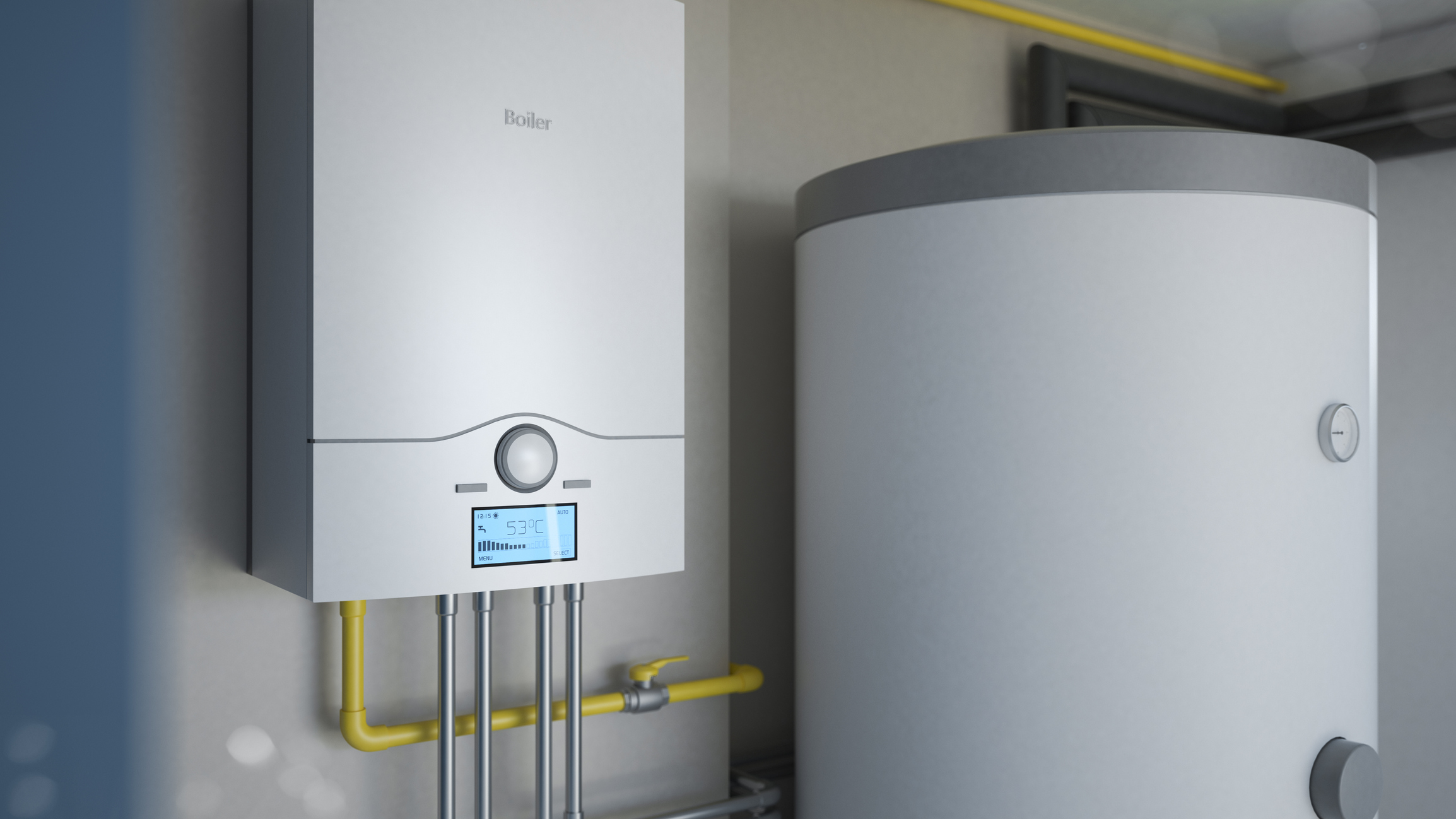Best Practices for Caring for Your Home's Hot Water System
Best Practices for Caring for Your Home's Hot Water System
Blog Article
What're your concepts on Water Heater Maintenance Tips You Can't Afford to Forget?

Warm water is vital for everyday comfort, whether it's for a refreshing shower or cleaning meals. To ensure your warm water system runs effectively and lasts longer, regular upkeep is essential. This article gives functional suggestions and understandings on just how to preserve your home's warm water system to prevent disruptions and pricey repair work.
Introduction
Preserving your home's hot water system might appear challenging, yet with a few simple actions, you can ensure it runs smoothly for several years to find. This overview covers whatever from recognizing your hot water system to DIY upkeep tips and understanding when to call in specialist help.
Value of Maintaining Your Warm Water System
Regular upkeep not just prolongs the life-span of your hot water system however also guarantees it runs effectively. Disregarding maintenance can cause decreased effectiveness, higher energy costs, and even premature failing of the system.
Indicators Your Hot Water System Needs Upkeep
Understanding when your warm water system requires attention can protect against major issues. Look out for indicators such as inconsistent water temperature level, unusual noises from the heating unit, or rusty water.
Understanding Your Hot Water System
Before diving right into maintenance jobs, it's useful to comprehend the standard parts of your warm water system. Typically, this includes the water heater itself, pipelines, anode rods, and temperature controls.
Monthly Maintenance Tasks
Routine month-to-month checks can assist catch minor issues before they escalate.
Purging the Water Heater
Flushing your hot water heater gets rid of debris accumulation, enhancing effectiveness and prolonging its life.
Monitoring and Replacing Anode Rods
Anode poles protect against corrosion inside the tank. Inspecting and changing them when worn is vital.
Inspecting and Changing Temperature Level Setups
Readjusting the temperature level settings ensures ideal performance and safety and security.
Do It Yourself Tips for Upkeep
You can perform a number of maintenance jobs on your own to maintain your hot water system in leading problem.
Looking for Leakages
Frequently examine pipelines and connections for leakages, as these can cause water damage and greater costs.
Checking Pressure Alleviation Valves
Evaluating the stress relief valve guarantees it works properly and prevents excessive stress accumulation.
Insulating Pipes
Protecting warm water pipelines decreases heat loss and can conserve power.
When to Call a Specialist
While do it yourself maintenance is helpful, some problems require professional competence.
Complex Concerns Calling For Expert Help
Instances include major leakages, electric problems, or if your hot water heater is constantly underperforming.
Routine Specialist Maintenance Perks
Professional upkeep can include thorough examinations, tune-ups, and making sure compliance with safety requirements.
Conclusion
Normal maintenance of your home's warm water system is vital for efficiency, durability, and expense financial savings. By complying with these tips and understanding when to seek expert help, you can make certain a trusted supply of hot water without unexpected interruptions.
How to Maintain an Instant Hot Water Heater
Before tinkering with your hot water heater, make sure that it’s not powered on. You also have to turn off the main circuit breaker and shut off the main gas line to prevent accidents. Also turn off the water valves connected to your unit to prevent water from flowing into and out of the appliance. 2. When you’re done, you have to detach the purge valves’ caps. These look like the letter “T†and are situated on either side of the water valves. Doing so will release any pressure that has accumulated inside the valves while at the same time avoid hot water from shooting out and burning your skin. 3. When the purge valves’ caps are removed, you have to connect your hosing lines to the valves. Your unit should have come with three hoses but if it didn’t, you can purchase these things from any hardware or home repair shops. You can also get them from retail stores that sell water heating systems. Read the user’s manual and follow it to complete this task properly. When the hosing lines are connected, open the purge port’s valves. 4. You should never use harsh chemical cleaners or solutions when cleaning your unit. Make use of white vinegar instead. It should be undiluted and you’ll probably use about 2 gallons. 5. Now flush your water heater. This task should probably take about 40 minutes. We can’t give you specific directions for this because the procedure is carried out depending on the type, model and brand of your heater. With that being said, refer to the user’s manual. 6. When you’re done draining the unit, you have to turn off the purge port valves again. Remove the hosing lines that you earlier installed on each of the water valves. Put the valve caps (purge port) back in their respective places and be very careful so as not to damage the rubber discs that are found inside these caps. 7. Now that everything’s back in place, check your user’s manual again to find out how to reactivate your water heating system. 8. Once it is working, turn one of your hot water faucets on just to let air pass through the heater’s water supply pipes. Leave the tap on until water flows smoothly out of it. https://www.orrplumbing.com/blog/2014/september/how-to-maintain-an-instant-hot-water-heater/

Hopefully you enjoyed our section about Tips on Maintaining a Water Heater. Thanks a lot for finding the time to read through our post. Sharing is good. You just don't know, you may very well be helping someone out. We appreciate your readership.
Start Now Report this page